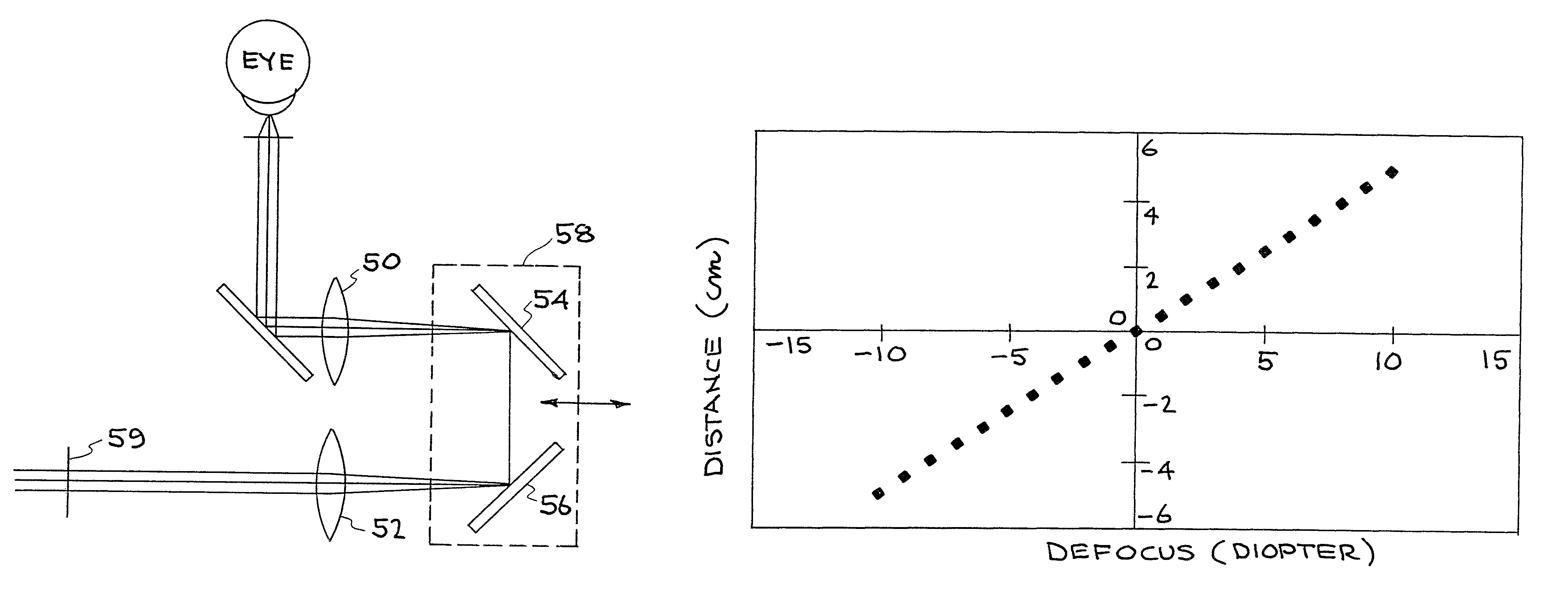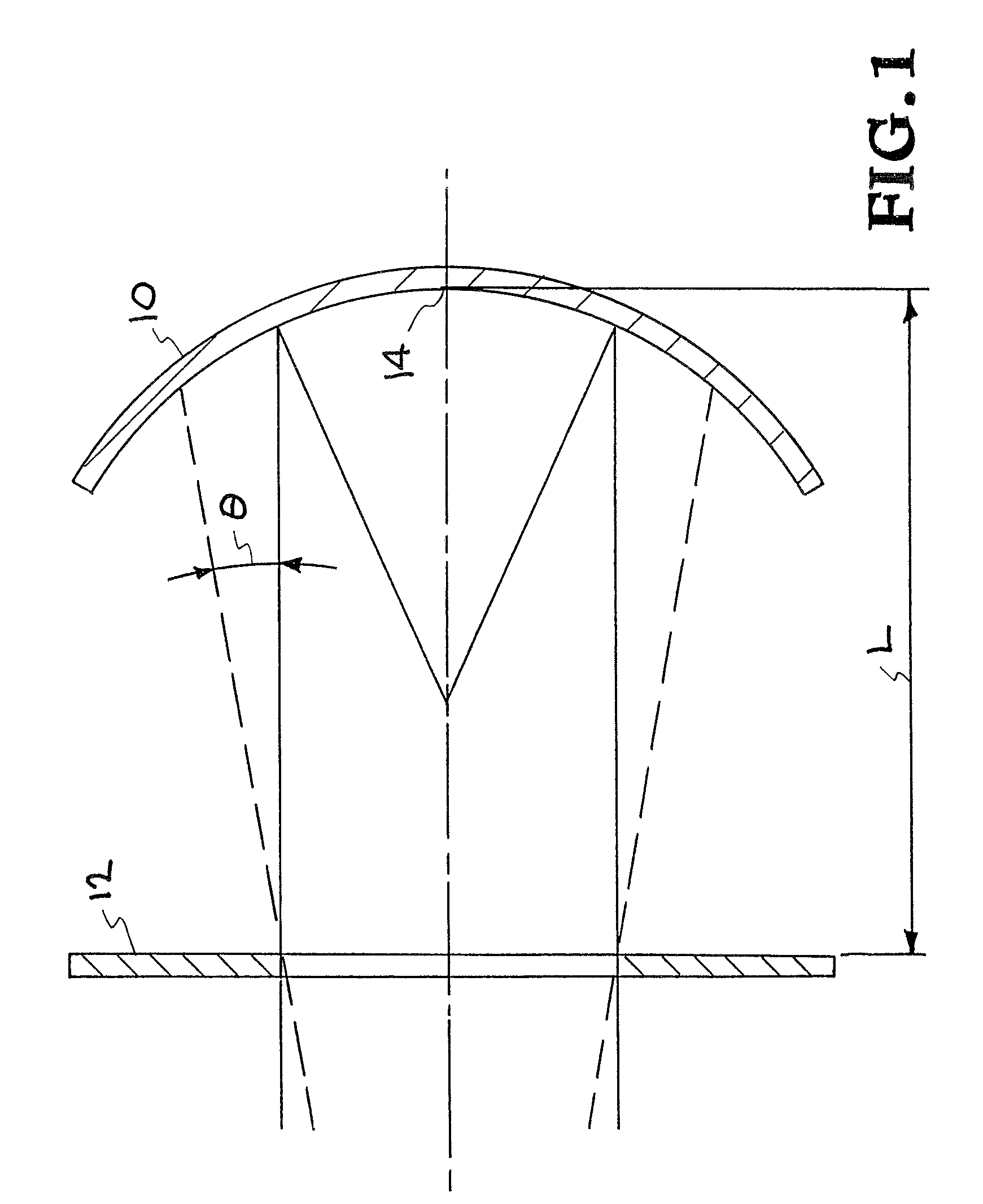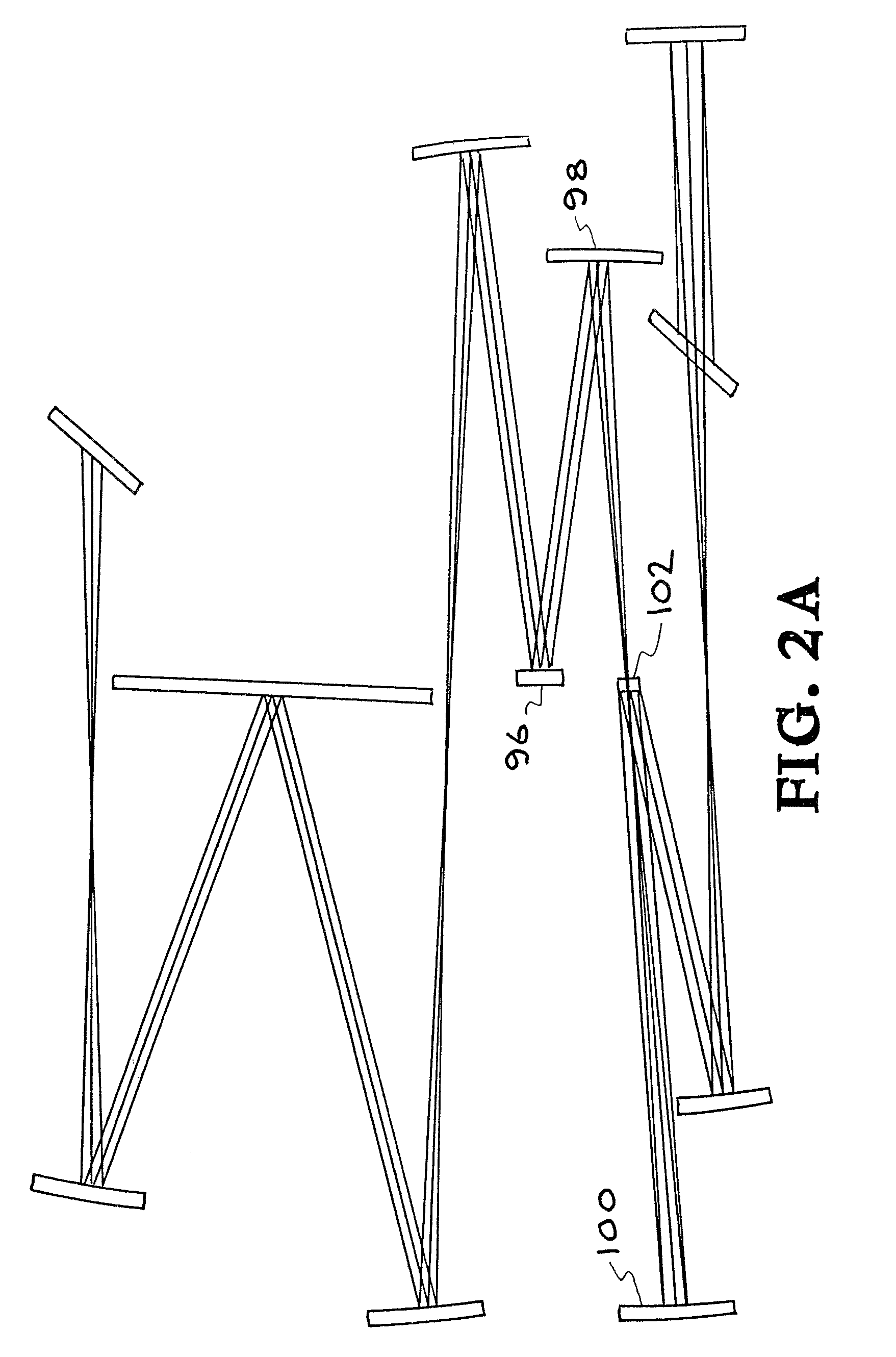Compact adaptive optic-optical coherence tomography system
a coherence tomography and adaptive optic technology, applied in the field of adaptive optics in optical coherence tomography, can solve the problems of limited real-time ocular-aberration compensation and small amount in previous ao-oct instruments, and achieve the effects of reducing ao registration errors, reducing pupil shift at the mems, and improving ao performan
- Summary
- Abstract
- Description
- Claims
- Application Information
AI Technical Summary
Benefits of technology
Problems solved by technology
Method used
Image
Examples
Embodiment Construction
[0026]Embodiments of the present invention include an AO-OCT system consisting of three channels: (1) a sample (or signal) channel, equipped with an AO for collecting the retinal image, (2) a reference channel with an optical path length matching that of the sample channel, and (3) detection channel for recording the combined sample and reference signals. The sample channel length is from the beamsplitter (BS) (e.g., from an 80 / 20 BS) to the target and back to the splitting point of the BS. The reference channel length is from the BS to a mirror at the end of the channel and back.
[0027]
TABLE 1Summary of exemplary system componentsLight sourceSuperluminescent diode (SLD) from Superlumλ = 842 nm, δλ = 50 nmDeformable mirrorMEMS from Boston Michomachines Corp.3.3 mm × 3.3 mm optical aperture,12 × 12 actuators1.5 μm strokeHorizontal / verticalCambridge Technology; 6220M40 galvanometricscannersscanner, ±20°Wavefront sensorShack-Hartmann wavefront sensorLens array from Adaptive Optics Assoc...
PUM
 Login to View More
Login to View More Abstract
Description
Claims
Application Information
 Login to View More
Login to View More - R&D
- Intellectual Property
- Life Sciences
- Materials
- Tech Scout
- Unparalleled Data Quality
- Higher Quality Content
- 60% Fewer Hallucinations
Browse by: Latest US Patents, China's latest patents, Technical Efficacy Thesaurus, Application Domain, Technology Topic, Popular Technical Reports.
© 2025 PatSnap. All rights reserved.Legal|Privacy policy|Modern Slavery Act Transparency Statement|Sitemap|About US| Contact US: help@patsnap.com



